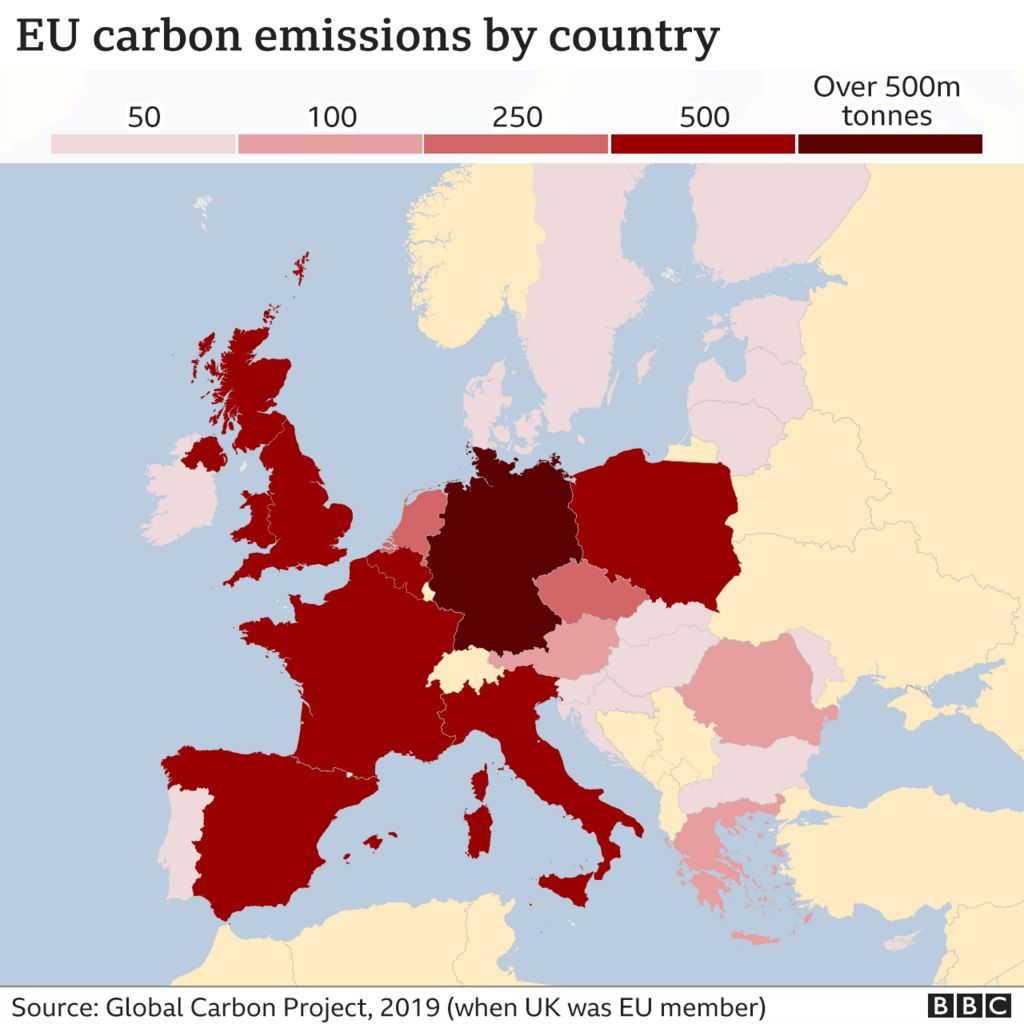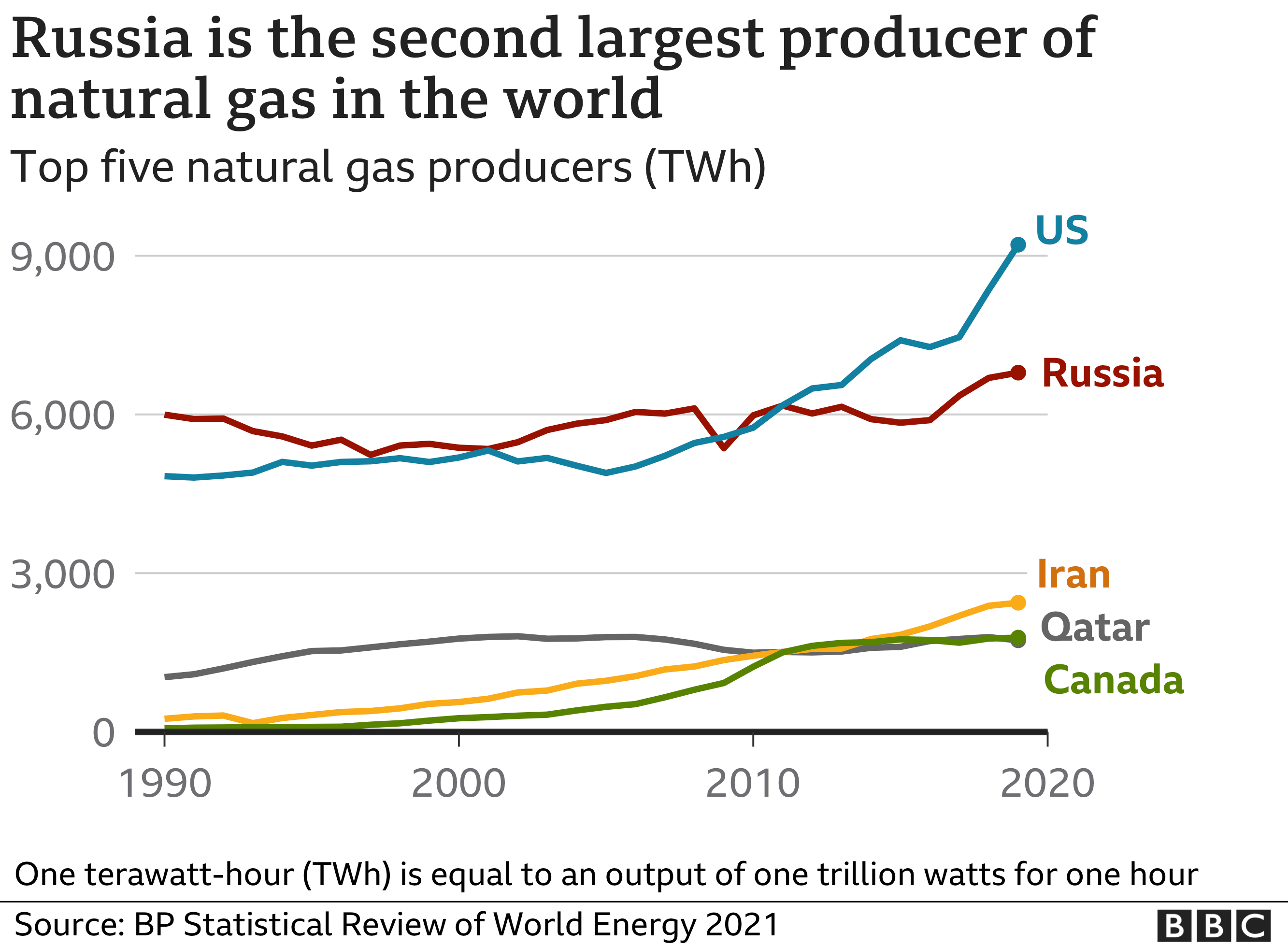In “The Dawn of Everything,” the anthropologist David Graeber and the archaeologist David Wengrow aim to rewrite the story of our shared past — and future

The anthropologist David Graeber at a 2012 debate about the Occupy movement. His new book with David Wengrow, “The Dawn of Everything,” takes on the standard narrative of the origins of human societies.
By Jennifer Schuessler
Oct. 31, 2021
One August night in 2020, David Graeber — the anthropologist and anarchist activist who became famous as an early organizer of Occupy Wall Street — took to Twitter to make a modest announcement.
“My brain feels bruised with numb surprise,” he wrote, riffing on a Doors lyric. “It’s finished?”
He was referring to the book he’d been working on for nearly a decade with the archaeologist David Wengrow, which took as its immodest goal nothing less than upending everything we think we know about the origins and evolution of human societies.
Even before the Occupy movement made him famous, Graeber had been hailed as one of the most brilliant minds in his field. But his most ambitious book also turned out to be his last. A month after his Twitter announcement, Graeber, 59, died suddenly of necrotizing pancreatitis, prompting a shocked outpouring of tributes from scholars, activists and friends around the world.
“The Dawn of Everything: A New History of Humanity,” out Nov. 9 from Farrar Straus and Giroux, may or may not dislodge the standard narrative popularized in mega-sellers like Yuval Noah Harari’s “Sapiens” and Jared Diamond’s “Guns, Germs and Steel.” But it has already gathered a string of superlative-studded (if not entirely uncritical) reviews. Three weeks before publication, after it suddenly shot to #2 on Amazon, the publisher ordered another 75,000 copies on top of the 50,000 first printing.

“The Dawn of Everything,” which began as an email exchange between the authors, aims to upend the narrative of social evolution undergirding best-sellers like “Sapiens” and “Guns, Germs and Steel.” Credit... Farrar, Straus and Giroux
In a video interview last month, Wengrow, a professor at University College London, slipped into a mock-grandiose tone to recite one of Graeber’s favorite catchphrases: “We are going to change the course of human history — starting with the past.”
More seriously, Wengrow said, “The Dawn of Everything” — which weighs in at a whopping 704 pages, including a 63-page bibliography — aims to synthesize new archaeological discoveries of recent decades that haven’t made it out of specialist journals and into public consciousness.
“There’s a whole new picture of the human past and human possibility that seems to be coming into view,” he said. “And it really doesn’t resemble in the slightest these very entrenched stories going around and around.”

Wengrow in his office in London in Oct. 2021. “There’s a whole new picture of the human past and human possibility that seems to be coming into view,” he said.Credit...Tom Jamieson for The New York Times
The Big History best-sellers by Harari, Diamond and others have their differences. But they rest, Graeber and Wengrow argue, on a similar narrative of linear progress (or, depending on your point of view, decline).
According to this story, for the first 300,000 years or so after Homo sapiens appeared, pretty much nothing happened. People everywhere lived in small, egalitarian hunter-gatherer groups, until the sudden invention of agriculture around 9,000 B.C. gave rise to sedentary societies and states based on inequality, hierarchy and bureaucracy.
But all of this, Graeber and Wengrow argue, is wrong. Recent archaeological discoveries, they write, show that early humans, far from being automatons blindly moving in evolutionary lock step in response to material pressures, self-consciously experimented with “a carnival parade of political forms.”
It’s a more accurate story, they argue, but also “a more hopeful and more interesting” one.
“We are all projects of collective self-creation,” they write. “What if, instead of telling the story about how our society fell from some idyllic state of equality, we ask how we came to be trapped in such tight conceptual shackles that we can no longer even imagine the possibility of reinventing ourselves?

The book’s own origins go back to around 2011, when Wengrow, whose archaeological fieldwork has focused on Africa and the Middle East, was working at New York University. The two had met several years earlier, when Graeber was in Britain looking for a job after Yale declined to renew his contract, for unstated reasons that he and others saw as related to his anarchist politics.
In New York, the two men sometimes met for expansive conversation over dinner. After Wengrow went back to London, Graeber “started sending me notes on things I’d written,” Wengrow recalled. “The exchanges ballooned, until we realized we were almost writing a book over email.”
At first, they thought it might be a short book on the origins of social inequality. But soon they started to feel like that question — a chestnut going back to the Enlightenment — was all wrong.
“The more we thought, we wondered why should you frame human history in terms of that question?” Wengrow said. “It presupposes that once upon a time, there was something else.”
Wengrow, 49, an Oxford-educated scholar whose manner is more standard-issue professorial than the generally rumpled Graeber, said the relationship was a true partnership. He, like many, spoke with awe of Graeber’s brilliance (as a teenager, a much-repeated story goes, his hobby of deciphering Mayan hieroglyphics caught the eye of professional archaeologists), as well as what he described as his extraordinary generosity.
“David was like one of those Amazonian village chiefs who were always the poorest guy in the village, since their whole function was to give things away,” Wengrow said. “He just had that ability to look at your work and sprinkle magic dust over the whole thing.”
Most recent big histories are by geographers, economists, psychologists and political scientists, many writing under the guiding framework of biological evolution. (In a cheeky footnote assessing rival Big Historians’ expertise, they describe Diamond, a professor of geography at the University of California, Los Angeles, as the holder of “a Ph.D on the physiology of the gall bladder.”)
Graeber and Wengrow, by contrast, write in the grand tradition of social theory descended from Weber, Durkheim and Levi-Strauss. In a 2011 blog post, Graeber recalled how a friend, after reading his similarly sweeping “Debt: The First 5,000 Years” said he wasn’t sure anyone had written a book like that in 100 years. “I’m still not sure it was a compliment,” Graeber quipped.
“The Dawn of Everything” includes discussions of princely burials in Europe during the ice age, contrasting attitudes toward slavery among the Indigenous societies of Northern California and the Pacific Northwest, the political implications of dry-land versus riverbed farming, and the complexity of preagricultural settlements in Japan, among many, many other subjects.
But the dazzling range of references raises a question: Who is qualified to judge whether it’s true?

Occupy Wall Street protestors in lower Manhattan in Sept. 2011. Graeber was often credited with the slogan “We Are the 99 Percent,” though he insisted it was a collective effort.Credit...Ozier Muhammad/The New York Times

Reviewing the book in The Nation, the historian Daniel Immerwahr called Graeber “a wildly creative thinker” who was “better known for being interesting than right” and asked if the book’s confident leaps and hypotheses “can be trusted.”
And Immerwahr deemed at least one claim — that colonial American settlers captured by Indigenous people “almost invariably” chose to stay with them — “ballistically false,” claiming that the authors’ single cited source (a 1977 dissertation) “actually argues the opposite.”
Wengrow countered that it was Immerwahr who was reading the source wrong. And he noted that he and Graeber had taken care to publish the book’s core arguments in leading peer-reviewed scholarly journals or deliver them as some of the most prestigious invited lectures in the field.
“I remember thinking at the time, why do we have to put ourselves through this?” Wengrow said of the process. “We’re reasonably established in our fields. But it was David who was adamant that it was terribly important.”
James C. Scott, an eminent political scientist at Yale whose 2017 book “Against the Grain: A Deep History of the Earliest States” also ranged across fields to challenge the standard narrative, said some of Graeber and Wengrow’s arguments, like his own, would inevitably be “thrown out” as other scholars engaged with them.
But he said the two men had delivered a “fatal blow” to the already-weakened idea that settling down in agricultural states was what humans “had been waiting to do all along.”
But the most striking part of “The Dawn of Everything,” Scott said, is an early chapter on what the authors call the “Indigenous critique.” The European Enlightenment, they argue, rather than being a gift of wisdom bestowed on the rest of the world, grew out of a dialogue with Indigenous people of the New World, whose trenchant assessments of the shortcomings of European society influenced emerging ideas of freedom.
“I’ll bet it has a huge significance in our understanding of the relationship between the West and the rest,” Scott said.
“The Dawn of Everything” sees pervasive evidence for large complex societies that thrived without the existence of the state, and defines freedom chiefly as “freedom to disobey.” It’s easy to see how such arguments dovetail with Graeber’s anarchist beliefs, but Wengrow pushed back against a question about the book’s politics.
“I’m not particularly interested in debates that begin with slapping a label on a piece of research,” he said. “It almost never happens with scholars who lean right.”
But if the book helps convince people, in the words of the Occupy slogan, that “another world is possible,” that’s not unintentional.
“We’ve reached the stage of history where we have scientists and activists agreeing our prevailing system is putting us and our planet on a course of real catastrophe,” Wengrow said. “To find yourself paralyzed, with your horizons closed off by false perspectives on human possibilities, based on a mythological conception of history, is not a great place to be.”
Activism and the Academy
Read more about the work of the anthropologist David Graeber
Still No Flying Cars? Debating Technology’s Future
Sept. 21, 2014
Jennifer Schuessler is a culture reporter covering intellectual life and the world of ideas. She is based in New York. @jennyschuessler















